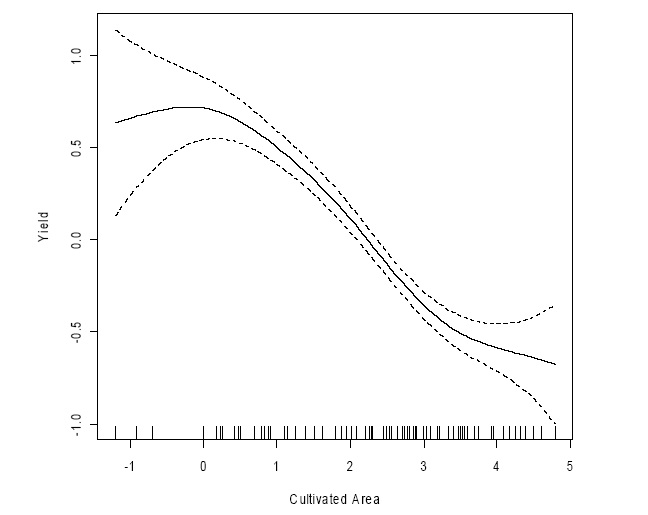I spent all of last week in Canada, where the suicide of 15 year-old Amanda Todd due to bullying was the cause of a great deal of media hubbub.
Here is the Globe and Mail‘s initial article on the teenager’s suicide (the Globe is Canada’s newspaper of record, and Toronto’s response to the New York Times). In a nutshell, Amanda committed suicide because someone whom she had been corresponding with online and whom she had sent a picture of her breasts to thought it would be funny to harass Amanda by sending that picture to her friends and family.
Before anything, I would just like to say that my heart goes out to Amanda’s loved ones. I don’t have children, but I know firsthand what it’s like to lose someone you love to suicide, and it must be even worse
A Modest Proposal to Curb Bullying
Most discussions of bullying evolve sooner or later into a discussion of what can be done to curb bullying, so the policy options to do so were on my mind most of last week. What follows is my suggestion.
Please bear in mind, however, that I am not a lawyer, and that I have no legal training beyond what I have learned in the context of teaching law and economics. I am posting this to get some sort of discussion going that is neither the touchy-feely not fueled by a thirst for revenge. If you are a lawyer, please comment below on the validity of the approach I suggest.
One of the concepts that always causes a great deal of discussion in my law and economics seminar is the legal doctrine of respondeat superior which, according to Wikipedia:
states that, in many circumstances, an employer is responsible for the actions of employees performed within the course of their employment. This rule is also called the “Master-Servant Rule”, recognized in both common law and civil law jurisdictions.
Here, I am considering bullying between underage minors, so that the bully cannot be treated as an adult in court.
If a child is being bullied by another, could we not invoke the legal doctrine of respondeat superior by making the bully’s parents responsible for the actions of their child?
In other words, it should in principle be possible to redefine the relationship between a bully and his parents as a principal-agent relationship (after all, underage minors are already the responsibility of their parents in so many other spheres of intervention) so as to shift the burden of responsibility on the parents.
This would be similar to how courts often intervene to ensure that externalities are internalized. And though I agree that it might be difficult for parents to perfectly enforce good behavior on the part of their children, they are nevertheless the ones who are in the best position to do so since, in law and economics parlance, they are the least cost avoider.
Again, I don’t have any formal legal training, so I encourage actual lawyers to comment below.

You Mean Sitting at the Café Browsing Reddit on a MacBook Isn’t Enough?
“To be a writer is to sit down at one’s desk in the chill portion of every day, and to write; not waiting for the little jet of the blue flame of genius to start from the breastbone—just plain going at it.” — John Hersey.
Today’s wisdom from one of my favorite blogs.